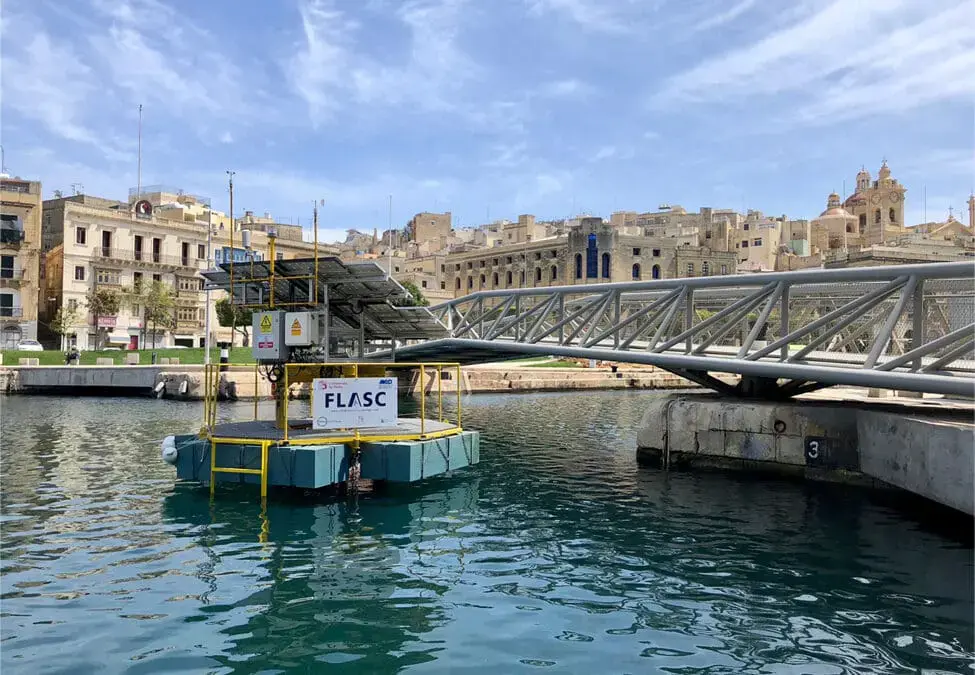Offshore wind and solar farms generate a lot of energy – but not always when it is needed. The FLASC project from Malta uses compressed air storage and STS sensor technology to solve this issue.
Renewable energy sources such as sun, wind, and water are increasingly contributing to energy supply worldwide – even in the offshore sector. But a key problem remains: produced energy must be used immediately – otherwise, it is lost. At the same time, power generation is often irregular, heavily dependent on environmental conditions.
The solution? Energy storage – independent of natural fluctuations and without relying on expensive battery technology.
Compressed air instead of batteries – the FLASC double-chamber solution
A research team from the University of Malta has developed an innovative method with FLASC (Floating Liquid-piston Accumulator using Seawater Compression) to address this problem. Using compressed air storage in a double chamber, surplus offshore energy can be stored and released when needed.
Unlike other methods, FLASC does not depend on water depth and thus offers maximum flexibility in site selection. The hydrostatic pressure is controlled by a closed system – independent of external conditions.
Sensors as the key to safe operation
The core of the FLASC system is the precise control of air pressure and temperature. The project team relies on STS ATM/N/T sensors. These measure pressure and temperature at three critical points within the setup – with the highest accuracy over long periods.

Key features at a glance:
- Measurement of pressure and temperature in a single device
- PT100 temperature sensor for the range 5 to 80 °C
- Titanium casing for durable seawater use
- Direct connection to SCADA systems for real-time monitoring
Conclusion
Energy storage is a key factor for the future of renewable offshore plants. Thanks to FLASC technology and reliable pressure measurement from STS, unstable generation becomes a controllable energy source – efficient, scalable, and environmentally friendly.
